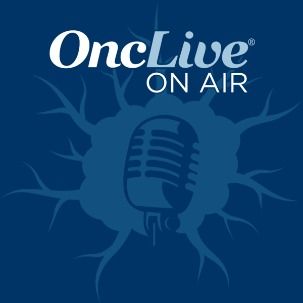Video
Checkpoint Inhibitor Combination Strategies
For High-Definition, Click
A single patient study demonstrated that disease relapse following treatment with tumor infiltrating lymphocytes (TILs) is the result of complex defects in the antigen presentation pathway, notes Louis M. Weiner, MD. The alterations discovered in this study were diverse and complex, with many involving the transportation of antigens to the cell surface, notes Weiner. Findings from this study could shed light on potential strategies for overcoming resistance to immunotherapy.
Other studies have looked at the tumor mass as a predictor of response to immunotherapy, notes Omid Hamid, MD. In general, patients with larger tumors experience lower response rates. This indicator could be utilized as a means of determining which patients require combination therapy, believes Hamid.
The leading immunotherapy combination currently being studied utilizes treatment with the CTLA-4 inhibitor ipilimumab and the PD-1 inhibitor nivolumab. In this study, responses were lower in PD-L1-negative patients when therapy was administered sequentially. However, when the combination was used, responses were the same regardless of PD-L1 status, notes Hamid.
The success of this combination could be the result of broader inhibition of potential resistance mechanisms as an initial therapy, notes Robert Dreicer, MD. Redundancy in the system allows for potential escape mechanisms once a pathway is blocked. Studies have demonstrated that PD-1 inhibition results in increased expression of CTLA-4 on the cell surface, suggesting the pathways are related, notes Hamid.
Another mechanism for the success of the combination could be related to TILs. The blockade of PD-1/PD-L1 allows the cells to stay activated for longer while CTLA-4 inhibition prevents downregulation of the immune system. This mechanism could allow for more active T cells to be present favoring T cell infiltration into the tumor, where PD-L1 expression is no longer a factor, notes Weiner. In general, it is not enough to look for PD-L1 expression alone, TILs needs to be assessed as well, notes Roy S. Herbst, MD, PhD.
In addition to combination strategies, optimal approaches targeted against PD-1/PD-L1 need to be developed, notes Hamid. In general, the response rates seem lower with PD-L1 targeted agents but the toxicity profile appears favorable. The blockade of PD-1 prevents interaction with PD-L1 and PD-L2 whereas inhibition of PD-L1 leaves PD-1 free to bind to PD-L2, which could result in fewer side effects, Hamid suggests.









